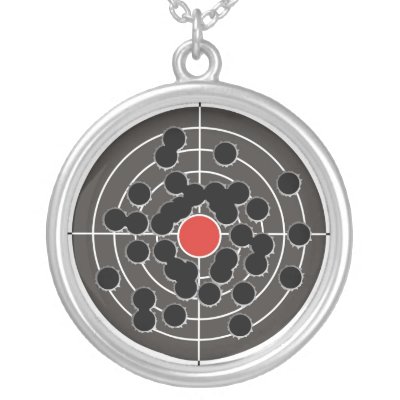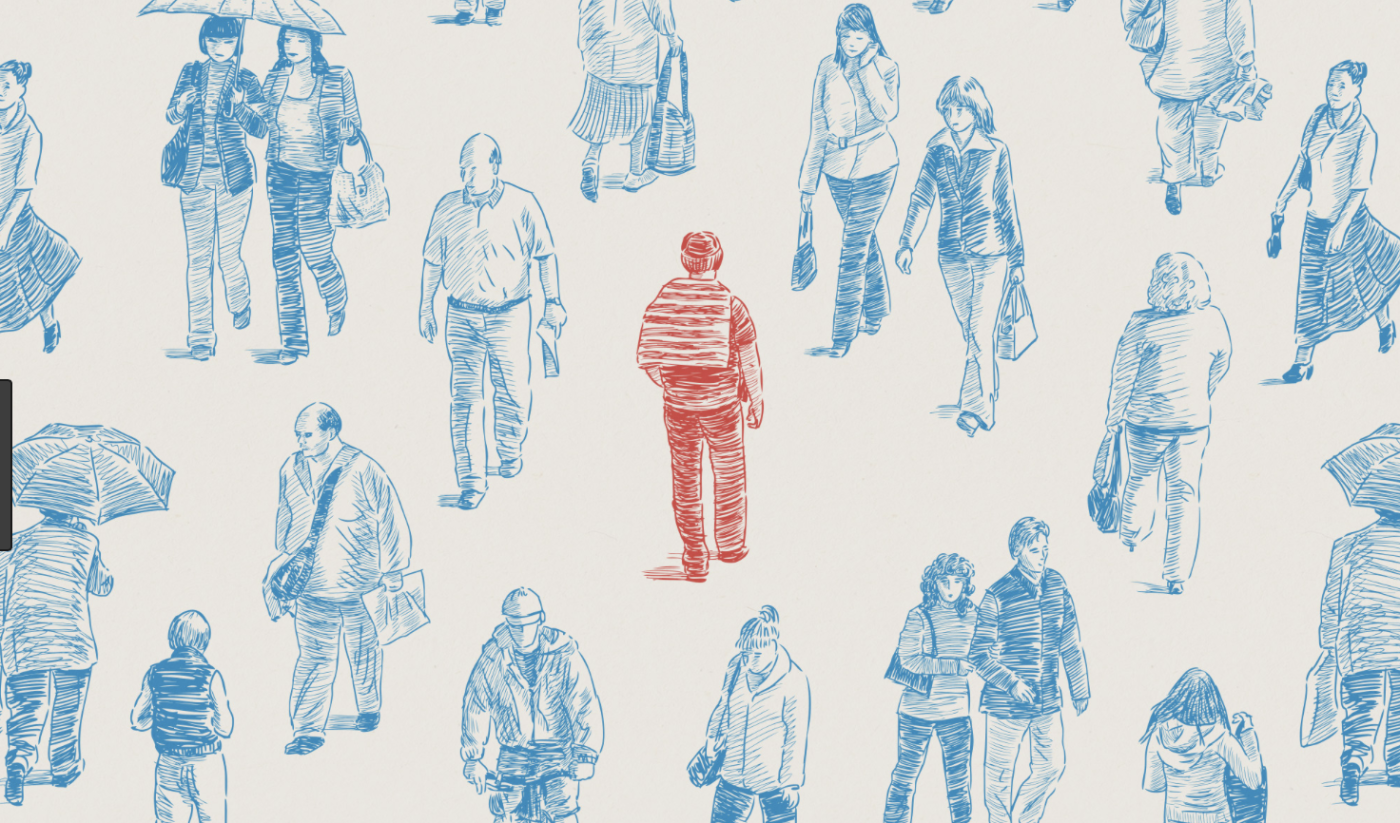I would like to start with the question: Can there be multiple truths? Or is truth supposed to be one, as in ‘The Truth’? Well, according to cultural anthropology, your truth is not the only truth. What I consider as true, moral or taboo could be completely different from your understanding. And so many factors cause such differences in perspectives.
And we call the entire set of such customs practiced by the members of the society, a culture.
But, if our culture is to define our views, practices and beliefs, does that mean that as an agent, I actually do not have much choice in what makes me, the person I am? Am I bound to this socially constructed structure of culture? Such questions fall under the belief called “cultural determinism”.
However, in Mary Ellen Goodman’s article (1967), she proposes that culture is not the determinant of behavior. Moreover, she believes that the individual is always unique regardless of the strong and unified forces of his culture is. She believes that Enthusiasts for cultural determinism vividly describe the forest: they are indifferent to its constituent trees.
Goodman comes up with three major propositions.
The first one is that overt patterns, implicit premises, systems of expectancies-all are salient features of a culture, and all may show some variant. For instance, in subcultural forms.
The second is that these patterns, premises and expectancies are among the cultural features and forms to which an individual is exposed as he grows up in his society… The result is his own, and individualization which may or may not closely approximate what has served as a model.
The third is that the individual reflects his culture, he does not precisely reproduce it.
Now, we will look into these propositions. Starting from the first proposition.
Pattern connotes standardization of behavior; it suggests that in a given society there are customary ways of doing most of the things that are done. It does not imply that all persons adhere to all of the customs all of the time. But there is adherence to the extent that modalities in behavior are evident to the observer, and many are persistent over time. I personally agree with this proposition. Because a culture consists of many subcultures. You cannot expect the culture of people in Northern China to be identical to the culture of those in South Eastern China due to differences in geology, borderlands, etc. However, you cannot also expect completely different behaviors.
Goodman further writes that the larger and more heterogeneous the society, and the greater the number of social kinds recognized, the more elaborate will be the system of linkage between social kind and pattern cluster. I believe such a description is somewhat accurate as well. As you can see in the picture, you can consider bullet holes representing a pattern around a target, and the more diverse a culture is in its subcultures and individuals, the more bullet holes would dance around the red target.

Now, let’s dig deeper into the concept of patterns and talk about ideal and behavioral patterns. To put it simply, ideal patterns are modalities in the expectations or standards-for-behavior in which a given people believe. So you can call them cultural practices in theory
And behavioral patterns are modalities in the actual forms of behavior, and these actualities may depart little or much from the standards. And you can call them cultural practices in reality.
To make it clearer, let’s assume that in a specific society, it is frowned upon to eat with your bare hands. So, the ideal pattern, in this case, is that people use tools such as spoons, forks, chopsticks, but not their bare hands when they eat. And then, let’s say that by the effect of globalization and popular culture, a McDonalds restaurant is opened in that society. And over time, you would expect people to have less resistance to their ideal pattern of eating, with the influence of outside cultures and media.
Returning to the three propositions, we have talked about the first proposition and covered topics such as patterns and system of expectancies. And we agreed that indeed cultures consist of patterns, both ideal and behavioral. Now, let us move on to the second proposition, which proposes that at the end of the day, the result is the agent’s own choice, although the agent has grown with particular beliefs and practices.
The first reason, according to Goodman, is that no two stimuli to which he reacts are ever identical. They may be more or less alike, and it may require an expert analysis to detect the differences between them, but the variables which affect their presence and their organization inevitably make them distinct in some way.
The second reason is that no one ever entirely or minutely duplicates his responses to what he regards as the same stimulus. Inevitably an organism is altered by its own responses; it is not the same after responding as it was before. And then she gives an example of how a person does not react to a second loud noise or drink of water as he did to the first.
Goodman has tried to prove her point that our cultures do not define our actions by providing these two reasons. However, I believe that her straightforward points do not add any value to the discussion.
Yes, it is true that we don’t react identically to the same or different things. But that does not explain what sort of reaction we will give initially, or what defines our initial action. For instance, when we first react to the loud noise of a drink of water, what defines our reaction? I may find it disgusting or funny, the way I was brought up. And since it is a natural reaction that happens without our consent, how would you alter your immediate reaction for it to be pure of any structural practices?
Now that we have talked about the first and second propositions, let’s move on to the last one which states that the individual “reflects” his culture, he does not precisely reproduce it.
I believe, here, Goodman proposes that cultural reproduction can only be done collectively In which each individual only reflects the change but not be the change itself. For instance, the importance that we pay for smartphone technology may change from generation to generation, and I can only be a part of that but not change smartphone’s place in our society myself. And I find myself not agreeing with this overly general proposition. Because, when I look at history, there have been many occasions in which an individual’s agency has completely formed another culture over time. For example, in many tribes in history, the tribe leader’s views and actions defined the views and actions of its members. And when such tribe leaders were influenced by religion, with its spread, they would abandon their traditional beliefs and accept that religion. And the practice of a new religion would mean redefining the values, taboos, and practices of that society. Therefore, an individual’s, that is, the tribe leader’s choice, has reproduced cultures, unlike what Goodman had proposed.
References
Goodman, Mary Ellen. 1967. “The Nature of Culture”. In The Individual and Culture. Homewood, Illinois: The Dorsey Press; pp. 32-50.

Leave a comment